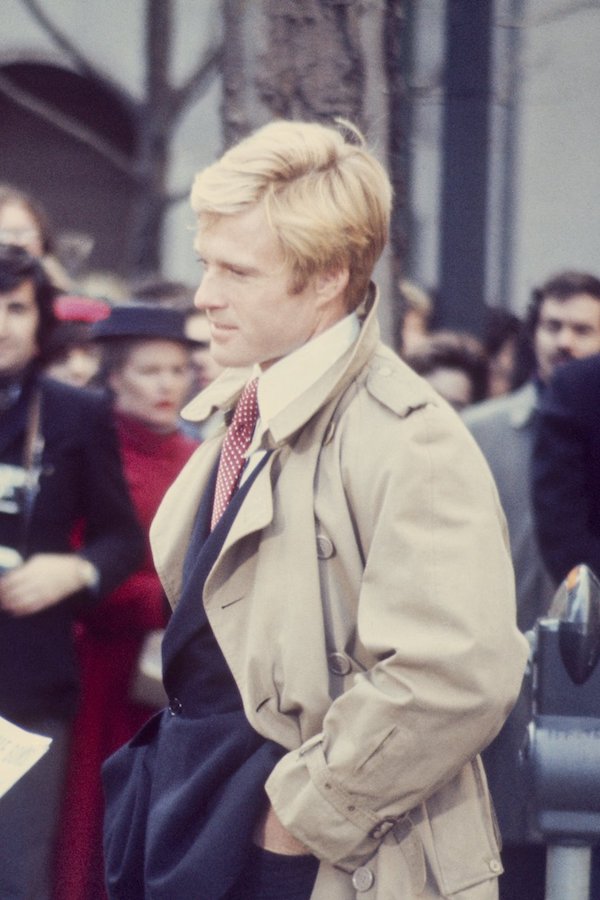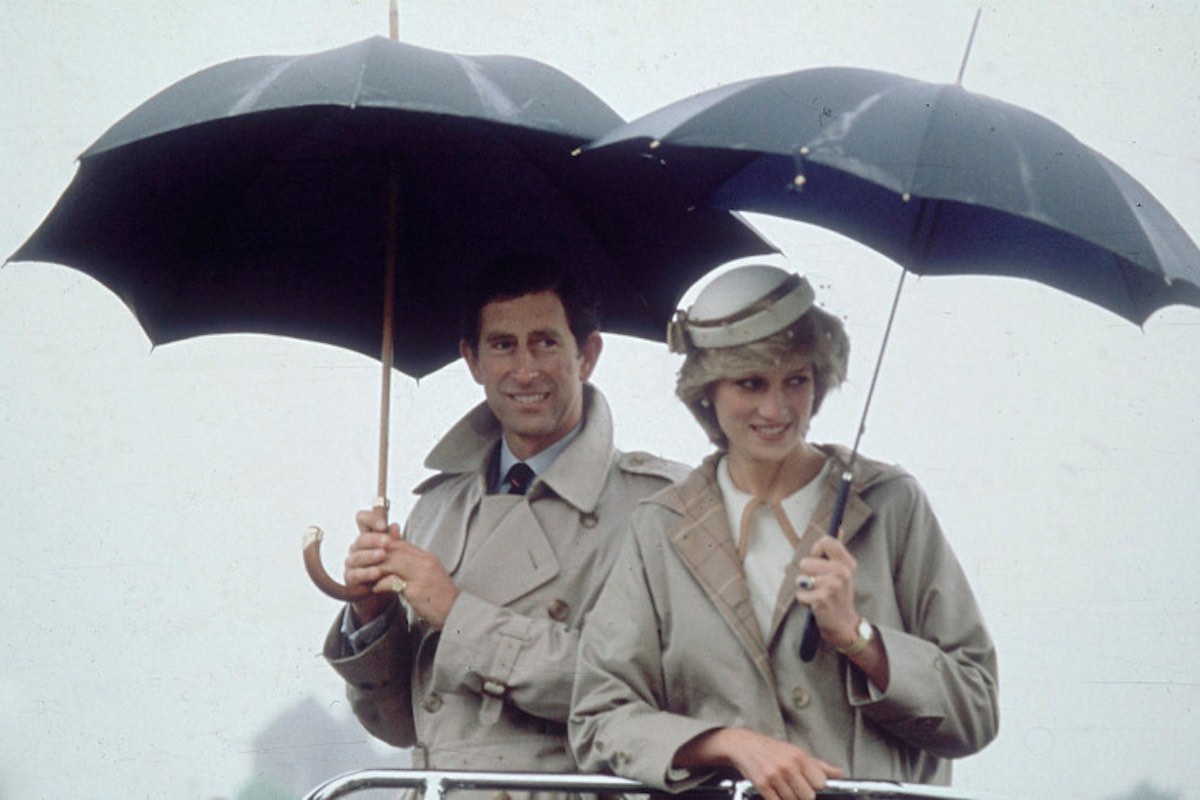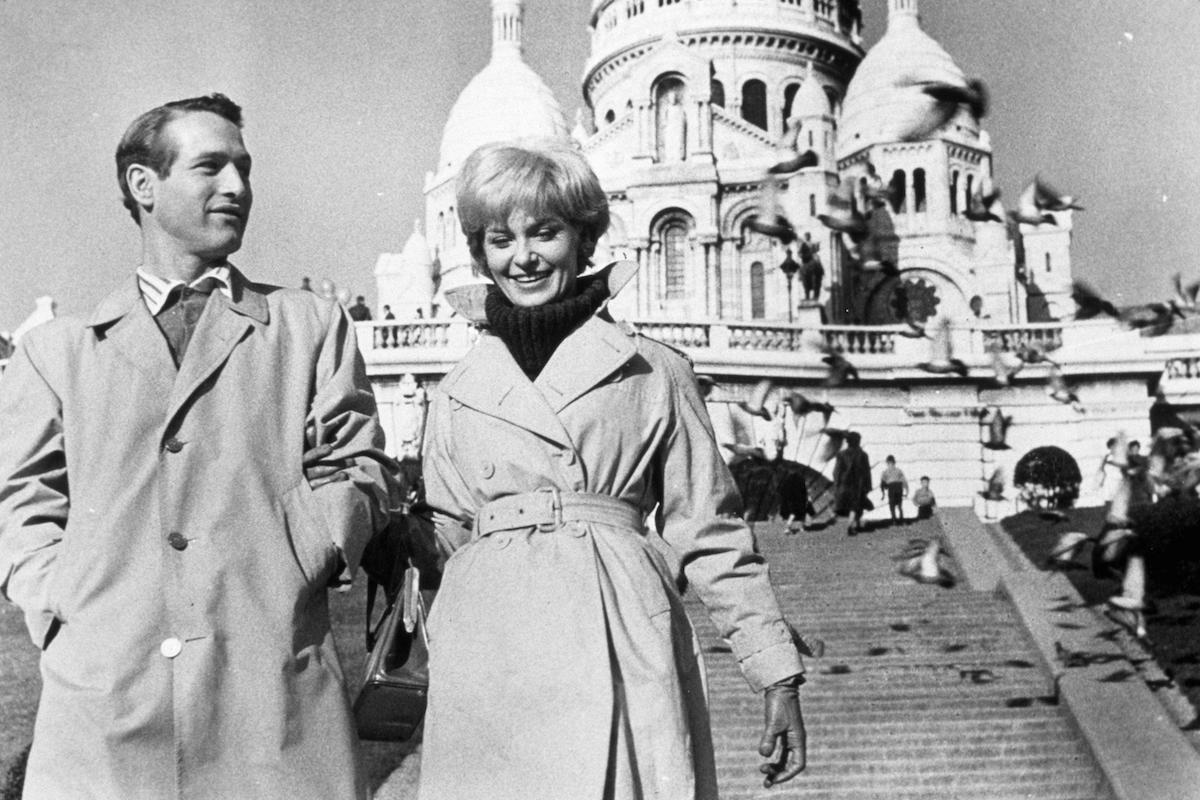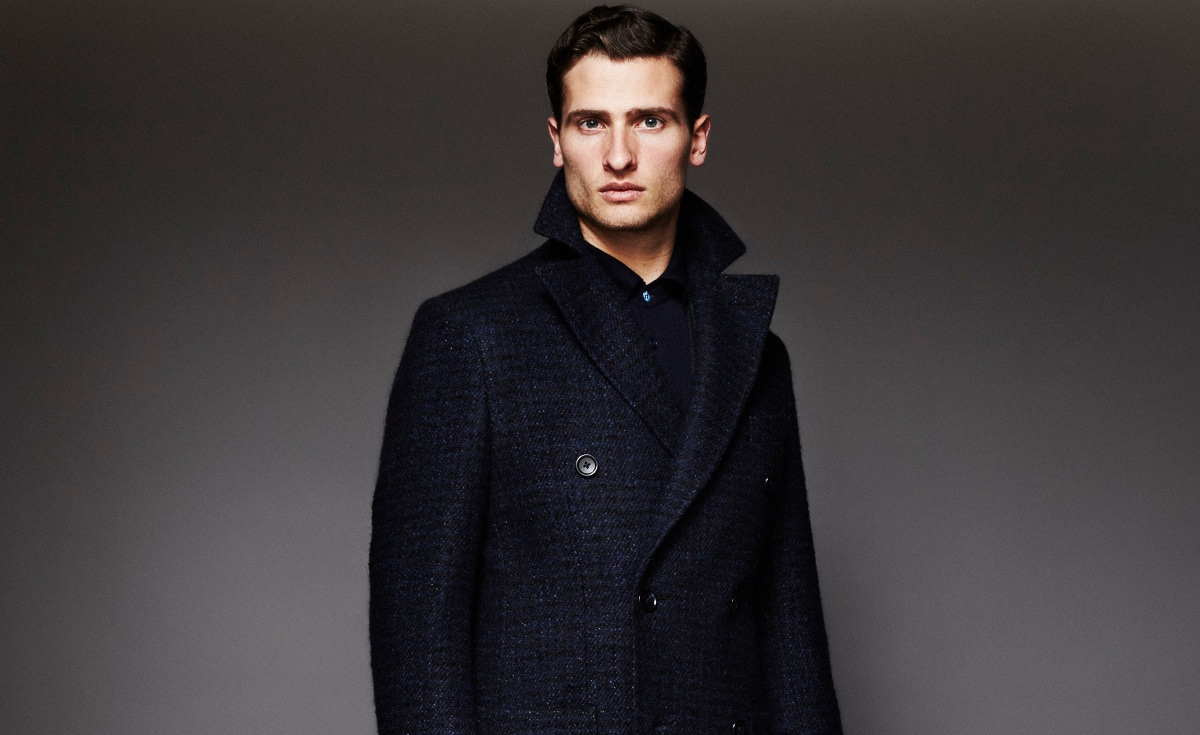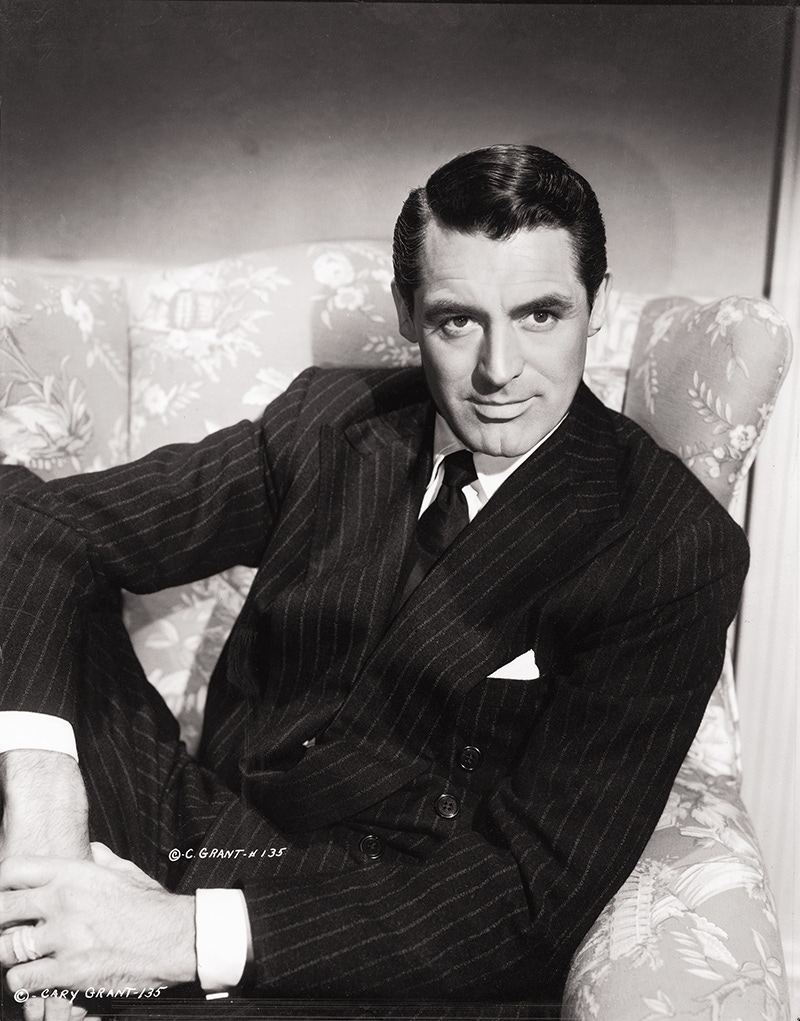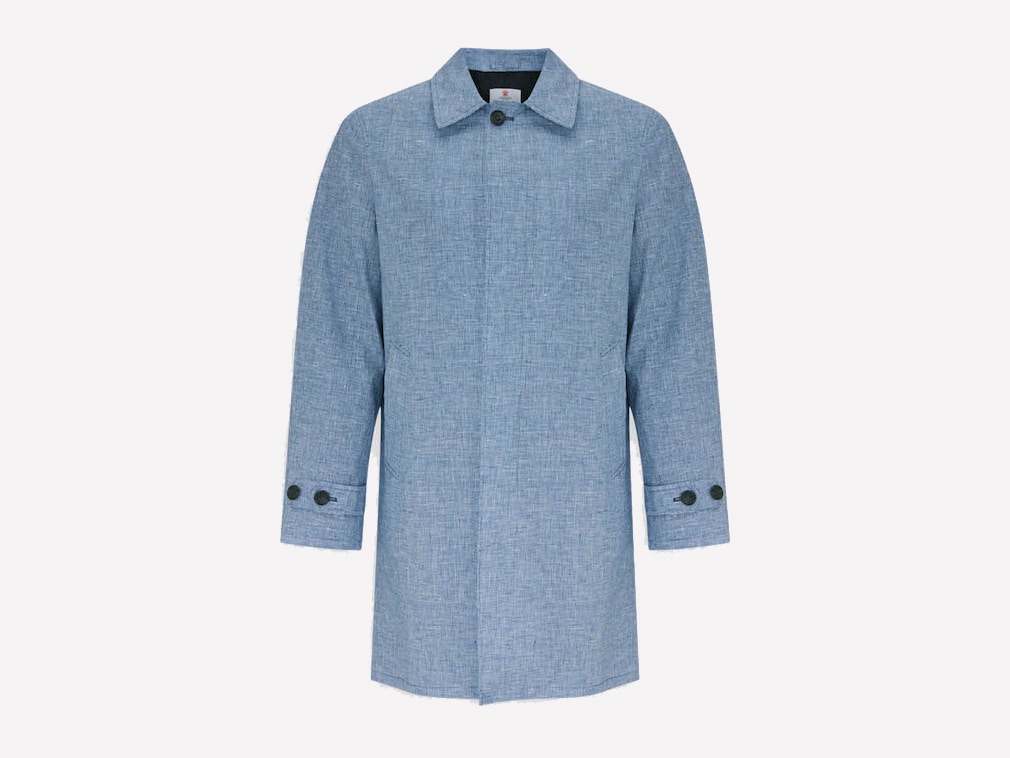The history of the Trench Coat
Long before the conflict which gave them their name – and even longer before the likes of Bogart and Caine made them cool – trench coats were being invented in increments by the fabric pioneers of centuries gone by.

Wind- and rain-battered denizens of northern Europe: next time a sun-kissed expat ridicules you about the adverse climate in your domicile of choice, point out to them the sartorial benefits of it regularly being necessary to sport one of the most iconic garments in the menswear canon: the trench coat, a concept whose evolution began when men still wore puffed sleeves and breeches.
Origins
The story of the trench coat begins a good while before they were worn by officer-class denizens of the hellish ditches in Flanders, after which the garment is named: as early as 1823, in fact, when Charles Macintosh invented weatherproof outerwear made from rubberised cotton. Later that century, London-based gentlemen’s clothier John Emary patented a superior element-cheating fabric, and thus renamed his company ‘Aquascutum’, which derives from Latin for ‘water’ and ‘shield’. The next development came with a little shy of six decades still to unfold before The Great War would erupt when – inspired, improbably enough, by the lanolin-coated waterproof smocks worn by Hampshire shepherds – a 21-year-old draper by the name of Thomas Burberry invented gabardine. A twill fabric that is simultaneously breathable and weatherproof, Burberry achieved its remarkable properties by coating each individual strand of fibre instead of the whole fabric. Notable aviators, explorers and adventurers of the time (Sir Ernest Shackleton braved Antarctica in 1907 using coats and tents made from the fabric) gradually cottoned on, so to speak. Long-range weaponry available by The Crimean War saw garishly conspicuous uniforms slip out of fashion, and by World War I the need to blend into the landscape was imperative, as was the mobility to burst into action at short notice. Hence, the utilitarian, functional, camouflaged coat we know and love today, with shoulder straps and D-rings, came into being.
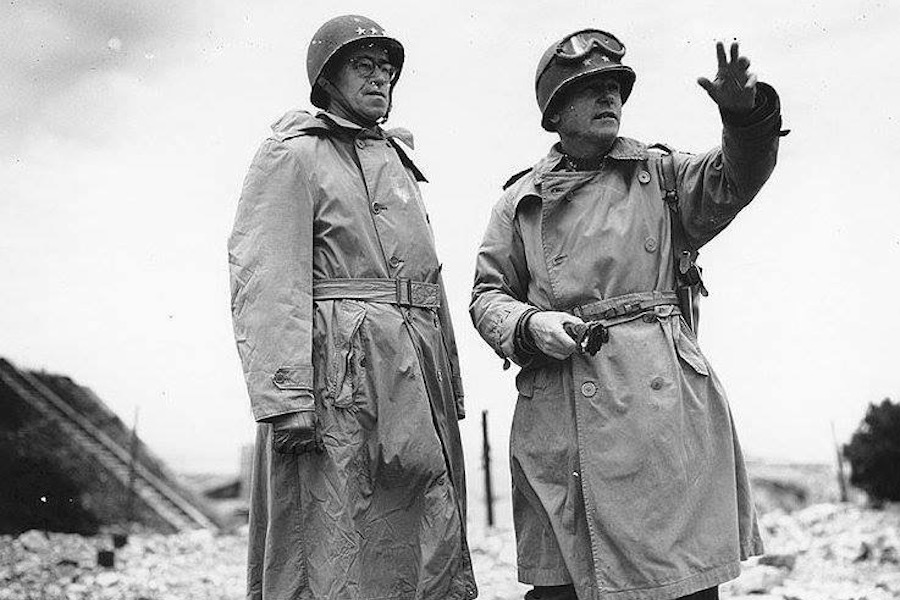




Who Wore It Well?
But what made a garment with such starkly utilitarian origins – and worn in a context of such abject suffering – become the iconic and desirable apparel we know it to be today? Inevitably enough, the short answer is Hollywood. It was the great Humphrey Bogart (sporting a beige, double-breasted Aquascutum number in The Maltese Falcon and Casablanca) who made the trench coat emblematic of beleaguered underworld movie characters, later combining it with a fedora to make up the classic film-noir sleuth’s silhouette (raised collars to symbolise the big screen gumshoe’s need to be clandestine came later, in the Inspector Clouseau era: it’s telling that the look became emblematic enough for Blake Edwards and Peter Sellers to satirise it). Alain Delon ensured the trench coat was recast in its leading role in neo-noir thanks to an imperious performance in 1967 crime thriller Le Samouraï, before Get Carter demonstrated that the trench could, by the '70s, drape the form of the movie gangster anti-hero as adroitly as it once did the beleaguered detective’s. Harrison Ford’s Rick Decard in Blade Runner, along with Keanu Reeves’s Neo in The Matrix franchise, saw that the trench could hold its own in sci-fi milieu with a little adaptation; and let’s not forget the number of leading ladies (most notably Audrey Hepburn, who wore a short version for the conclusion of Breakfast at Tiffany’s) who have proved the trench’s unisex appeal - unusual with so idiosyncratic a garment.


